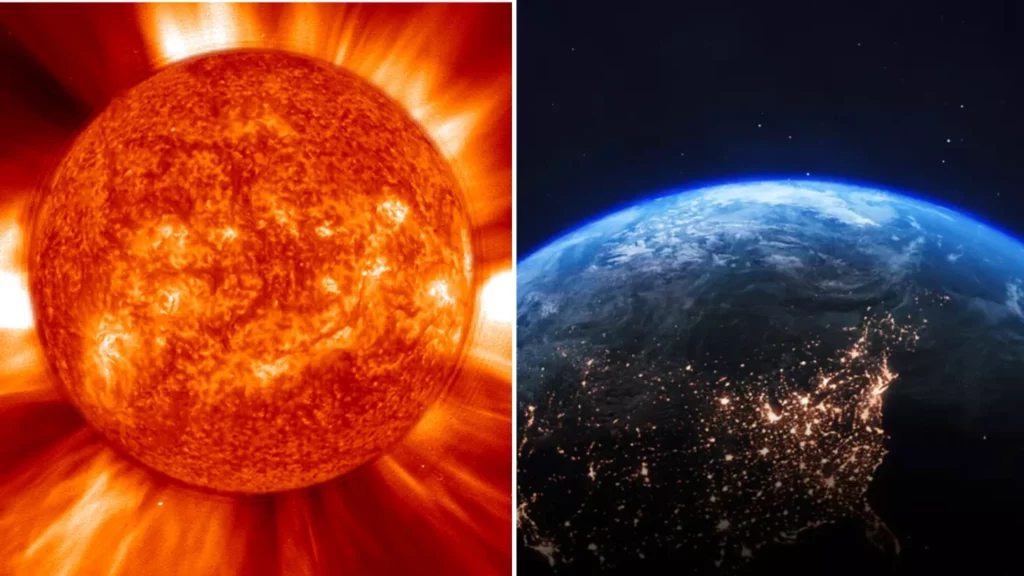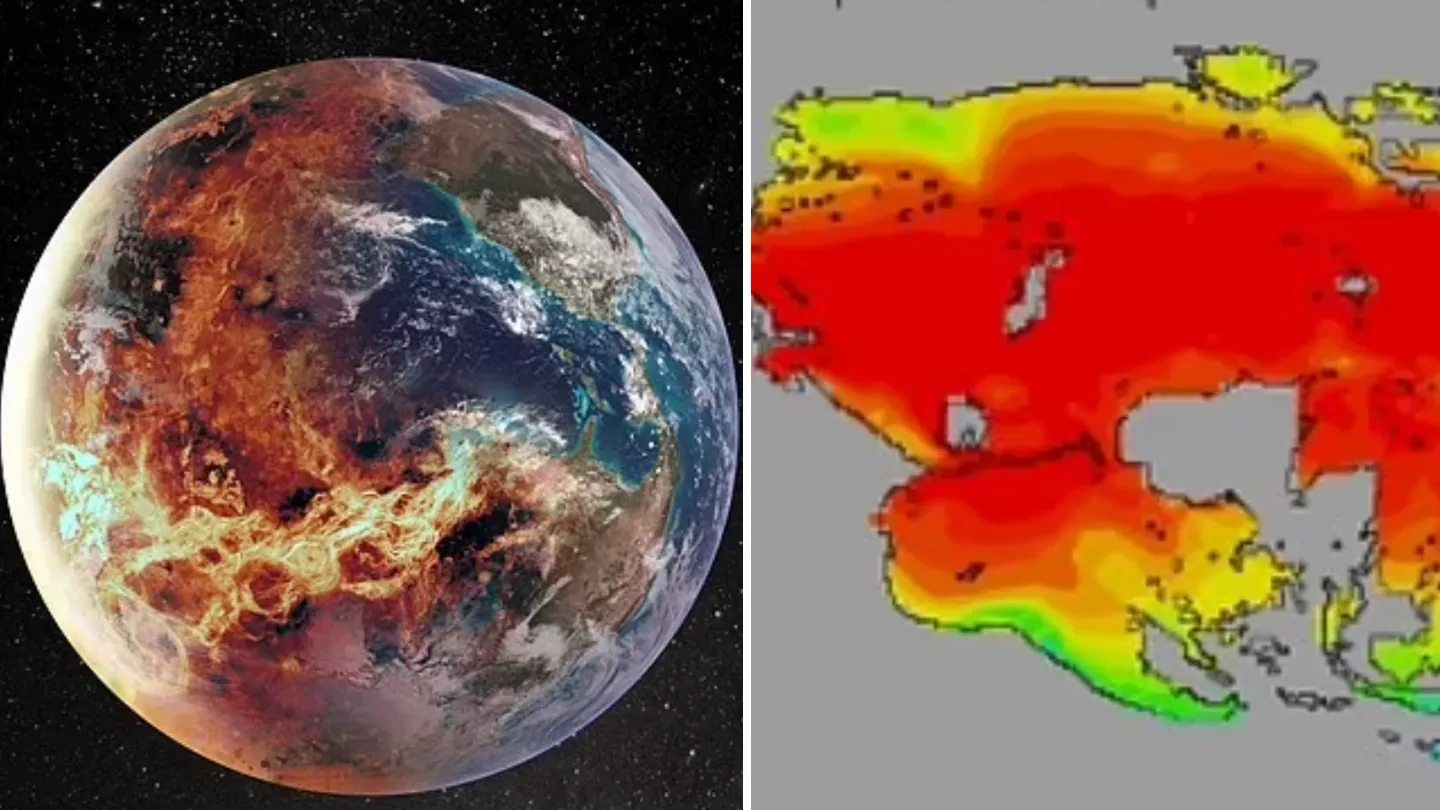Earth will be hit by a big solar flare in the coming days. This occurrence could have catastrophic consequences for modern technologies and daily living.
Experts are closely following the situation, as the flare was caused by a powerful sunspot. The National Oceanic and Atmospheric Administration (NOAA) has issued warnings about the coming storm.
The source of this solar outburst was Sunspot AR3842. It has already triggered shortwave radio blackouts in Hawaii, prompting concerns about future disruptions.
NASA estimates that the flare is an X7.1, making it one of the most powerful in recent years. It was ejected from the Sun on October 1 and its consequences are expected to be felt shortly.
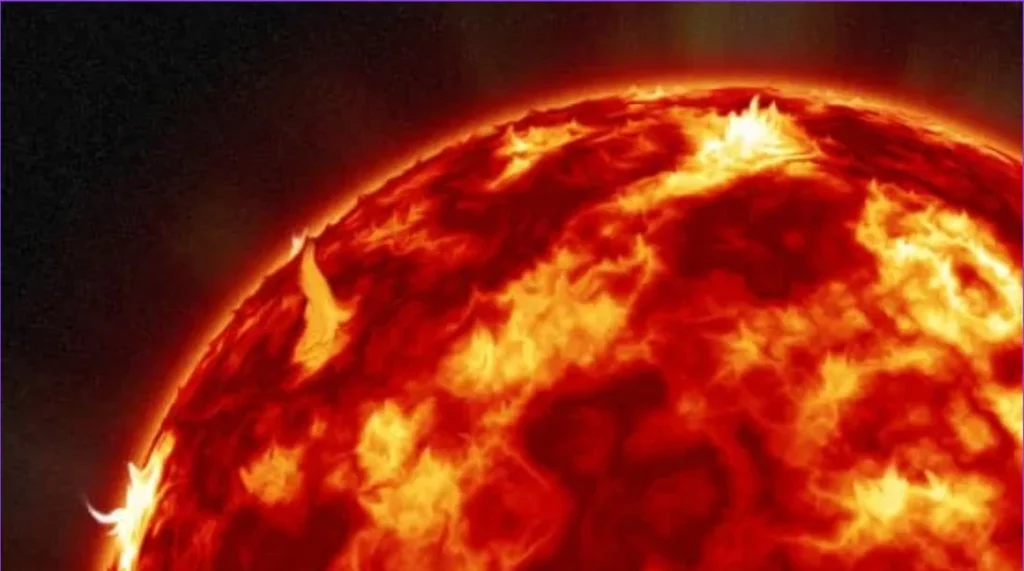
Solar flares are classified by their strength, with X-class being the most severe. The Sun is currently experiencing a period of increased activity as part of its 11-year solar cycle.
This year, the Sun has been exceptionally active, prompting scientists to reassess their previous predictions. The solar maximum, which was due in July 2025, appears to have arrived sooner than expected.
While solar flares can produce spectacular auroras, they can also cause havoc on infrastructure. NOAA anticipates a G2-class geomagnetic storm, which is moderate yet capable of causing substantial damage.
High-latitude electrical grids are particularly vulnerable to severe storms. Transformers could be damaged, and voltage warnings may sound in impacted regions.
Satellite communications, particularly GPS systems, are also under threat of disruption. Experts are concerned about the potential for wide-ranging effects on navigation and communication networks.

In May 2024, a similar solar storm allowed UK citizens to see the Northern Lights. However, the approaching storm may have much more serious consequences for the technologies we rely on.
So far in 2024, 41 X-class flares have been reported, more than the previous nine years combined. This spike in solar activity has astronomers concerned, especially because the flare is expected to impact Earth soon.
The Carrington Event, the most powerful solar storm ever recorded, happened in 1859. That storm produced widespread power outages and illuminated the skies with auroras as far south as Mexico.
If a Carrington-level catastrophe occurred now, the results would be catastrophic. Power grids could overload, GPS systems could fail, resulting in trillions of dollars in economic losses.
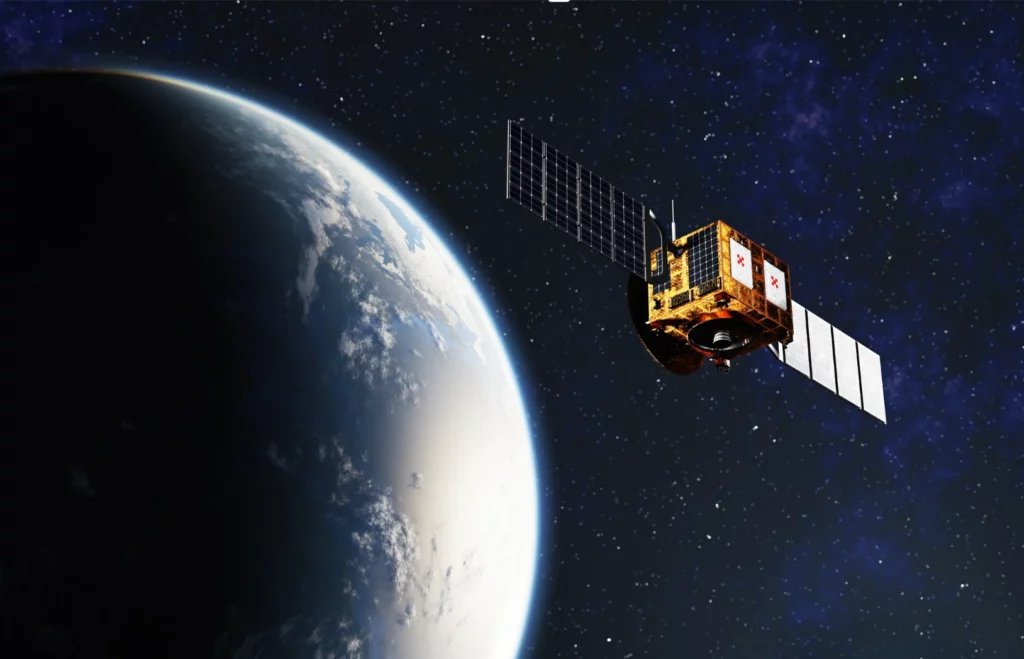
Satellites in low Earth orbit are especially vulnerable. During a lesser storm earlier this year, the Hubble Space Telescope endured tremendous drag, sliding up to 80 meters per day.
A larger storm might damage satellite electronics or perhaps knock them out of orbit. While the International Space Station is covered by Earth’s magnetosphere, it may nevertheless experience elevated radiation levels.
NOAA space scientist Rob Steenburgh warns that GPS transmissions may be distorted. Long-distance radio broadcasts may also be disrupted, potentially jeopardizing aviation and maritime navigation.
Geomagnetic storms can cause wide disturbances. While this storm may not approach Carrington proportions, scientists are concerned about the possibility for catastrophic devastation.
Research into solar superstorms, also known as Miyake occurrences, suggests that the Sun is capable of even more powerful eruptions. These occurrences have left traces in tree rings and ice cores that go back thousands of years.
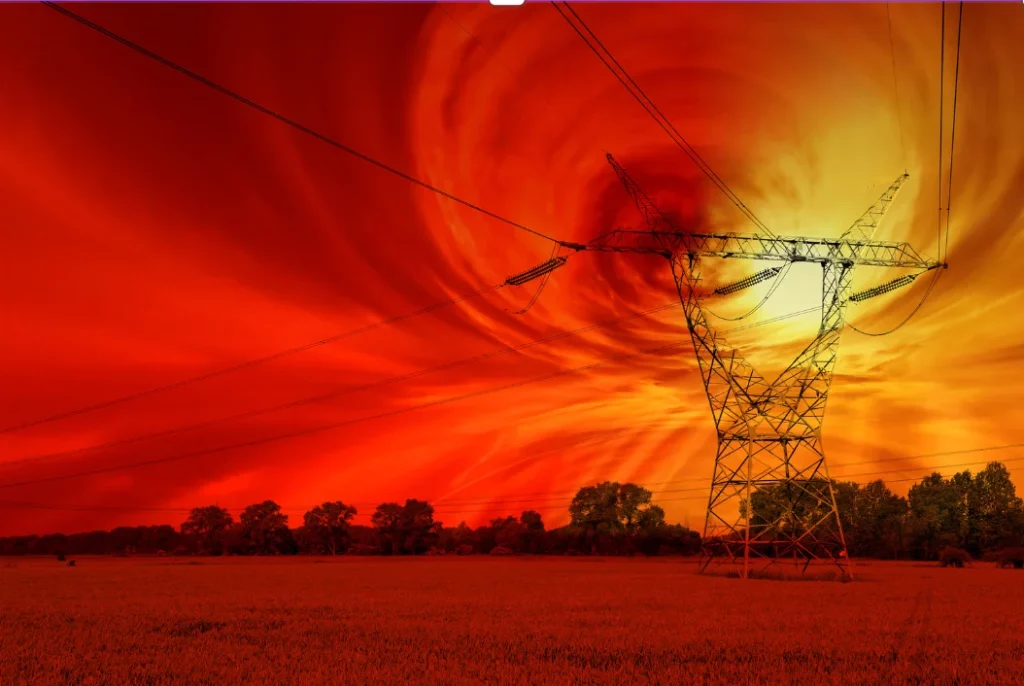
If a Miyake catastrophe occurred now, the impact on current infrastructure would be incomprehensible. Satellites, electrical grids, and other systems would be at high danger of failure.
Scientists warn the public to brace themselves for potential disruptions in the following days. The NOAA Space Weather Prediction Center recommends having flashlights and radios on hand in case of a brief power loss.
While the storm poses a risk, it may also produce magnificent auroras. These light displays could be visible as far south as Northern California and Alabama.
While we wait for the storm to hit, experts continue to analyze the Sun’s unpredictable behavior. The solar maximum is anticipated to endure another year, resulting in further flares and geomagnetic storms.
The main concern is that this solar flare will impact Earth as soon as Saturday, October 5. With its strong impact, the coming days may witness major disruptions to power, communication, and satellite systems around the world.
Feature Image Credit: (NASA)

